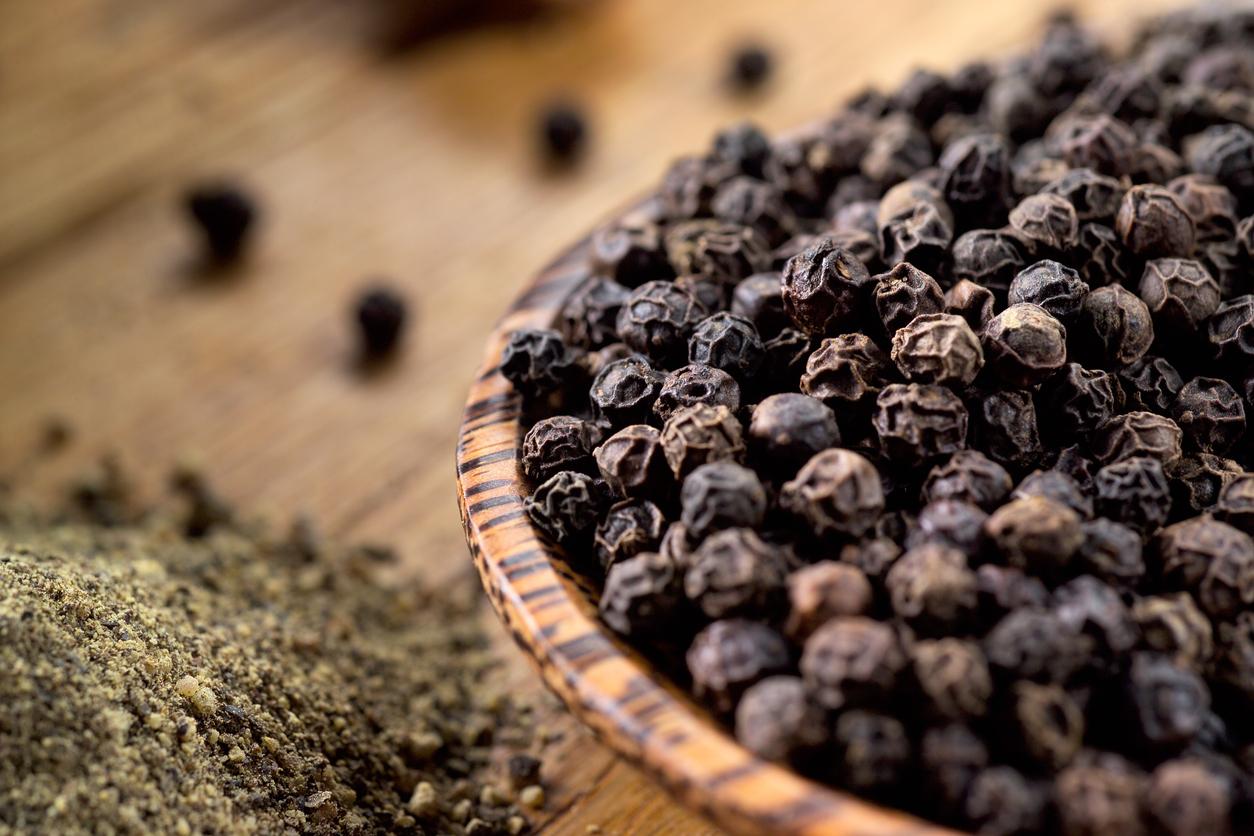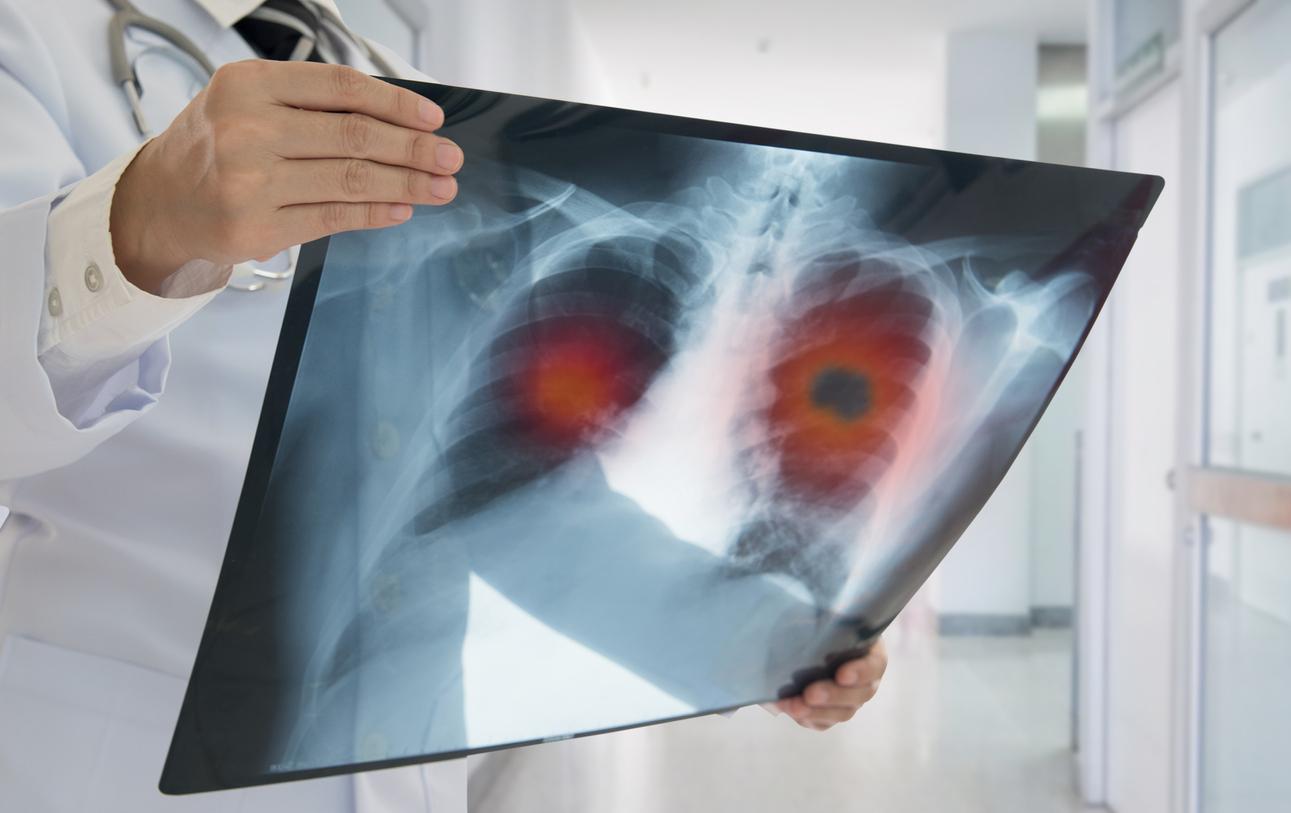Vitamin E brings together a set of eightantioxidants: four tocopherolsand four tocotrienols. Vitamin E or tocopherol is a fat-soluble vitamin. Fat-soluble vitamins (AT, D, E, K) are absorbed with dietary fat and stored in the body.
Why consume foods rich in vitamin E?
Vitamin E has many functions, it protects the body from the harmful effects of free radicals. Her antioxidant action is reinforced by the selenium and it protects other antioxidants such as vitamins A and vitamin C of oxidation. It also regulates enzyme activity and plays a role in smooth muscle growth. Vitamin E also affects gene expression and contributes to there eye health And neurological.
The recommended nutritional intake of vitamin E is 12 mg per day for an adult, the needs being increased in the event of illness or smoking. They are generally ensured by a balanced diet. Vitamin E deficiency is quite rare.
Which fruits are richest in vitamin E?
Vitamin E is mainly found in foods of plant origin, the main sources being oils, whole grain cereal products, seeds, nuts, hazelnuts, almonds, wheat germ, soybeans. Some vegetables and fruits such as spinach, sweet potato, mango, dried apricots also have an interesting vitamin E content.
What are the signs of a lack of vitamin E?
Vitamin E deficiency can lead to muscle disorders, which then make movement difficult, as well as visual disturbances. Premature and deficient babies can develop a severe form of anemia.
Does vitamin E have an effect on the skin?
Yes, as an antioxidant, vitamin E protects the skin damage caused by the presence of free radicals. It improves skin microcirculation and stimulates collagen production, a protein responsible for firming and supporting the skin, and helps prevent the appearance of fine lines and wrinkles. This vitamin is a powerful moisturizer, it is an essential ingredient in most beauty products. Integrated into the formula of a moisturizer for the skin, it forms an occlusive film on the surface of the epidermis and thus reinforces, with each application, the hydrolipidic film (skin barrier).
Sources:
- Dr Laurence Plumey, Sugar, fat and salt: what’s really in your food, Editions Eyrolles, 2017
- Daniele Festy, Anne Dufour, Guide to vitamins and mineralsHachette Practical Editions, 2005
Read also:
- 9 foods rich in iodine to take care of your thyroid
- Foods rich in vitamin B6
- The 12 foods richest in iron
























